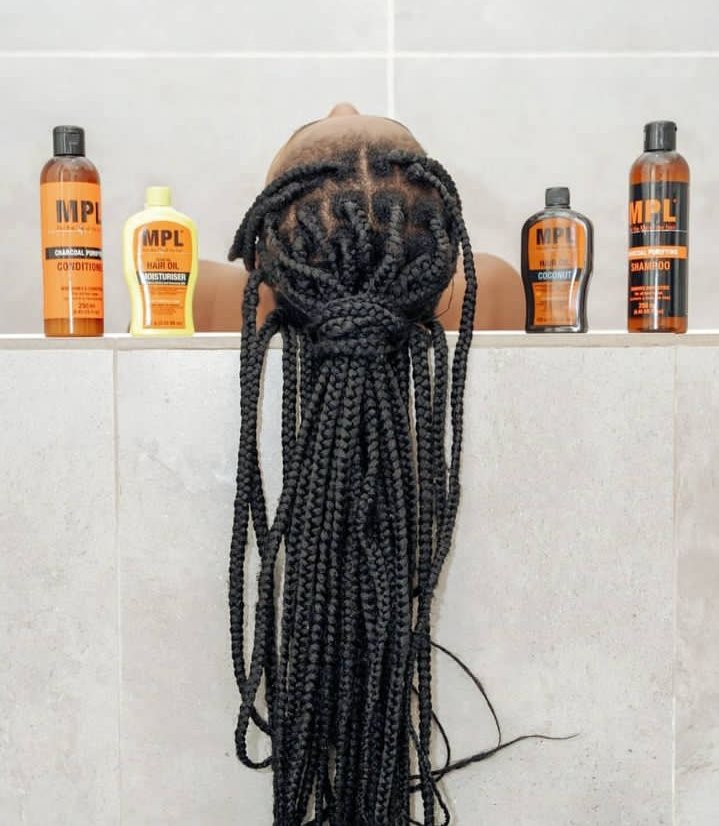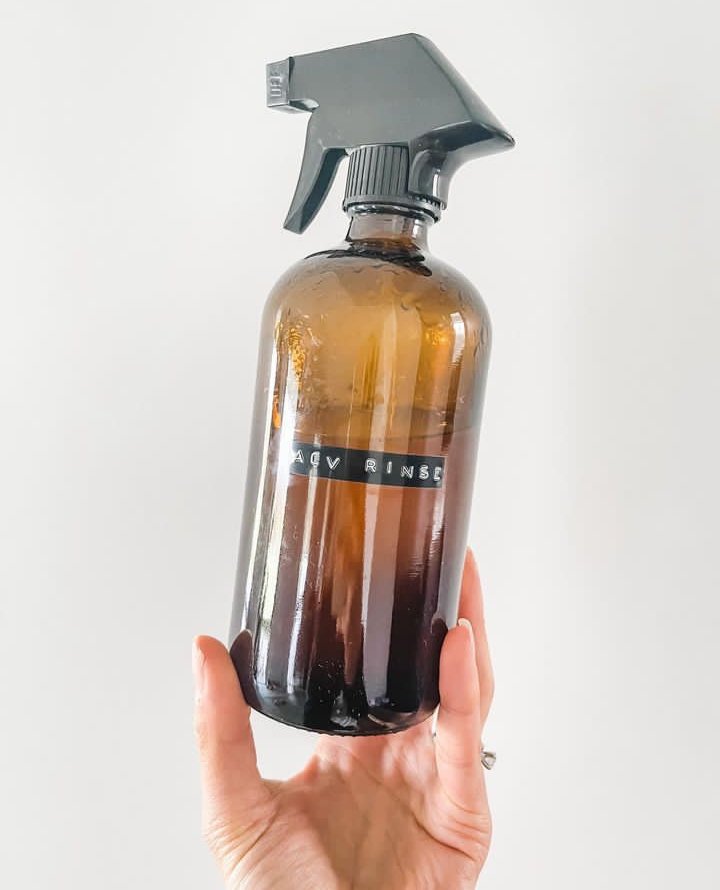Braid Hairstyles
How to Stop Braids from Itching
Braids can be a stylish and convenient hairstyle. However, for many people, braids can come with an annoying side effect: itching. The constant scratching can be distracting and even painful, causing discomfort and ruining the beauty of the braids. You could also permanently damage your edges. In this article, we’ll explore some simple tips and tricks to help stop braids from itching, so you can enjoy your stylish, braided hair without any irritation
What Causes Braids to Itch?
Braids can be a stylish and convenient hairstyle, but for many people, they can also cause itching and discomfort. This is a variety of factors that can put pressure on the scalp and hair follicles, leading to irritation.
Braids can cause itching for several reasons, including:
- Tight braids: Tight braids can put pressure on the scalp and hair follicles, leading to irritation and itching. This is especially true for people with sensitive scalps or those with a tendency towards scalp conditions like dandruff or eczema.
- Dirt and oil build-up: Over time, dirt, oil, and product build-up can accumulate on the scalp and within the braids, leading to itching and discomfort.
- Dry scalp: Braids can sometimes lead to dryness, as they can reduce the scalp’s ability to produce and retain natural oils. A dry scalp is more prone to itching and flaking.
- Bacterial or fungal infections: Braids can provide a warm, moist environment that is conducive to the growth of bacteria and fungi, which can cause itching and other symptoms.
- Allergic reactions: Some people may be allergic to the materials used in braids, such as synthetic hair, hair products, or hair accessories, leading to itching and other symptoms.
How to Stop Braids from Itching: 10 Easy Tips

Itching can be an inconvenience but certain tips could help alleviate the discomfort.
1. Moisturize your scalp
Make sure to regularly moisturize your scalp with oils such as coconut, olive, or castor oil. This will help to reduce itching and keep your scalp hydrated. You can apply the oil directly to your scalp and massage it in, or use a spray bottle to mist your hair and scalp.
Massaging the oils into the scalp would encourage blood circulation to the hair follicle promoting healthy hair development.
2. Use a gentle shampoo
Choose a gentle, sulfate-free shampoo to clean your hair and scalp while you have braids. Sulfates can be harsh and dry out your scalp, leading to itching. Look for shampoos specifically designed for braids, or opt for a nourishing, hydrating shampoo that won’t strip your hair of its natural oils.
3. Keep your braids clean
Regularly wash your braids to remove dirt, oil, and product build-up, which can contribute to itching. You can use a gentle shampoo and conditioner, or opt for a co-wash (a cleansing conditioner) to keep your braids clean and hydrated.
To wash your braids start by wetting them in lukewarm water and pouring in a dollop-sized amount of shampoo on your palms, rub them together, and apply on your scalp – the focus should be on the scalp and not the braids, as you rinse off the lather it washes off the braids. Afterwards, follow up with a hydrating conditioner.
4. Washing the Synthetic Hair before braiding
Before braiding synthetic hair, it is important to properly wash and condition the hair to prevent itching and discomfort. Here are the steps to properly wash synthetic hair bundles:
Fill a basin or sink with lukewarm water and add a small amount of mild shampoo. Gently swish the hair in the water to remove any dirt or product buildup. Avoid rubbing or tangling the hair, as this can damage the fibers.
Rinse the hair thoroughly with clean water to remove all traces of shampoo. Apply a small amount of conditioner, focusing on the ends of the hair. Let the conditioner sit for 5-10 minutes.
Give the hair a good rinse with clean water and gently squeeze out excess water and air dry the hair in a well-ventilated area, away from direct heat or sunlight.
Or, you can rinse your extensions with apple cider vinegar before installing them. Soak the hair extension you purchased in a mixture of warm water and apple cider vinegar. And then, wait about 15-30 minutes or until a white film appears afterwards do a cold rinse and leave to air dry.
5. Do an ACV rinse

An ACV (Apple Cider Vinegar) rinse can help prevent itching in synthetic hair bundles. Here’s how to do it:
Mix equal parts of water and ACV in a spray bottle. Spray the mixture onto the hair, making sure to cover all sections evenly. Let the mixture sit on the hair for 5-10 minutes. Rinse the hair thoroughly with clean water to remove all traces of the ACV mixture. Pat the hair dry with a clean towel and air dry in a well-ventilated area.
The acidic properties of the ACV help to balance the pH of the scalp and hair, which can help prevent itching. Additionally, ACV can help to remove buildup from styling products, leaving the hair and scalp clean and refreshed. Keep in mind that ACV can be drying to some hair types, so it’s important to follow up with a deep conditioning treatment if needed.
6. Apply an anti-itch solution
There are various over-the-counter products available that can help to soothe an itchy scalp. Look for products containing ingredients like tea tree oil, menthol, or camphor, which have anti-inflammatory and cooling properties. You can also use an anti-itch spray or a leave-in conditioner to help relieve itching.
7. Avoid tight braids
Braids that are too tight can put excessive pressure on your scalp and hair follicles, leading to itching and discomfort. Make sure to choose braids that are not too tight, and consider asking your stylist to loosen them if they are causing discomfort.
8. Give your hair a break
If you experience persistent itching, it may be a good idea to give your hair a break and take out the braids. This will give your scalp and hair follicles a chance to heal and recover.
9. Never leave your braids in for too long
To prevent itchy braids, you need to remove the braids within 4-6 weeks as they will keep your scalp tight and make you uncomfortable if you wear them for too long. Not to mention how damaging that could be to your scalp and hair.
10. Loosen the braids
Try to loosen your braids if they are too tight; this might help them stop itching. Placing your scalp in warm water and gently stroking your braids or a warm cloth on your scalp is one way to loosen them. It may be necessary to completely remove your braids if they are extremely itchy and are causing you a lot of pain and discomfort. Doing so will release any tension and stop the itching.
Conclusion
Itching can be a common issue with braids, but there are several steps you can take to reduce discomfort and keep your scalp hydrated. By following these tips, you can enjoy the convenience and style of braids without the itch. However, If you’re experiencing persistent itching with braids, it’s best to speak with a hair professional or a dermatologist for proper diagnosis and treatment.


